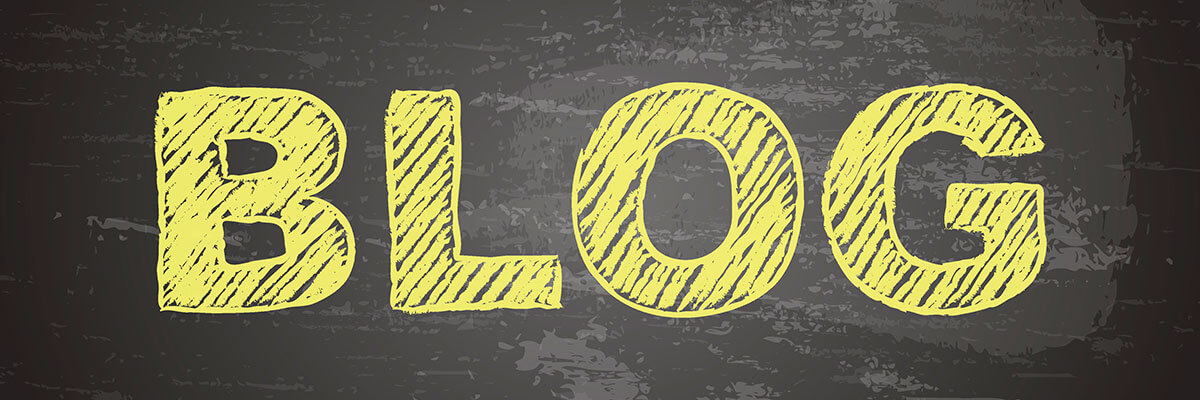How to Calculate Agent Utilization?
The basic formula is:| Agent Utilization(%) = Total worked hours / Total available hours x 100 |
- Total worked hours include time spent on calls, after-call work, and other customer-facing tasks.
- Total available hours include all time the agent is signed into the system, including idle or break time.
Why Agent Utilization Matters in Contact Centers?
- Improves Workforce Planning: Helps managers understand how busy agents are and whether staffing levels meet demand.
- Boosts Operational Efficiency: Identifies underused time and helps reduce idle periods.
- Supports Performance Management: Tracks agent activity and provides insights for coaching and development.
- Affects Service Quality: Balanced utilization ensures agents are productive without being overworked, leading to better customer experiences.
- Optimizes Scheduling: Guides shift planning based on workload trends and agent availability.
Factors That Influence Agent Utilization
- Call Volume and Traffic Patterns: Fluctuations in demand directly impact agent workload.
- Break Policies and Adherence: Scheduled breaks and non-call activities reduce available handle time.
- Multi-channel Responsibilities: Agents handling chat, email, and calls may show varying utilization levels.
- System Downtime: Technical issues can lower utilization by limiting task-handling ability.
- Agent Skill Set: Skilled agents may handle more interactions, influencing utilization scores.

